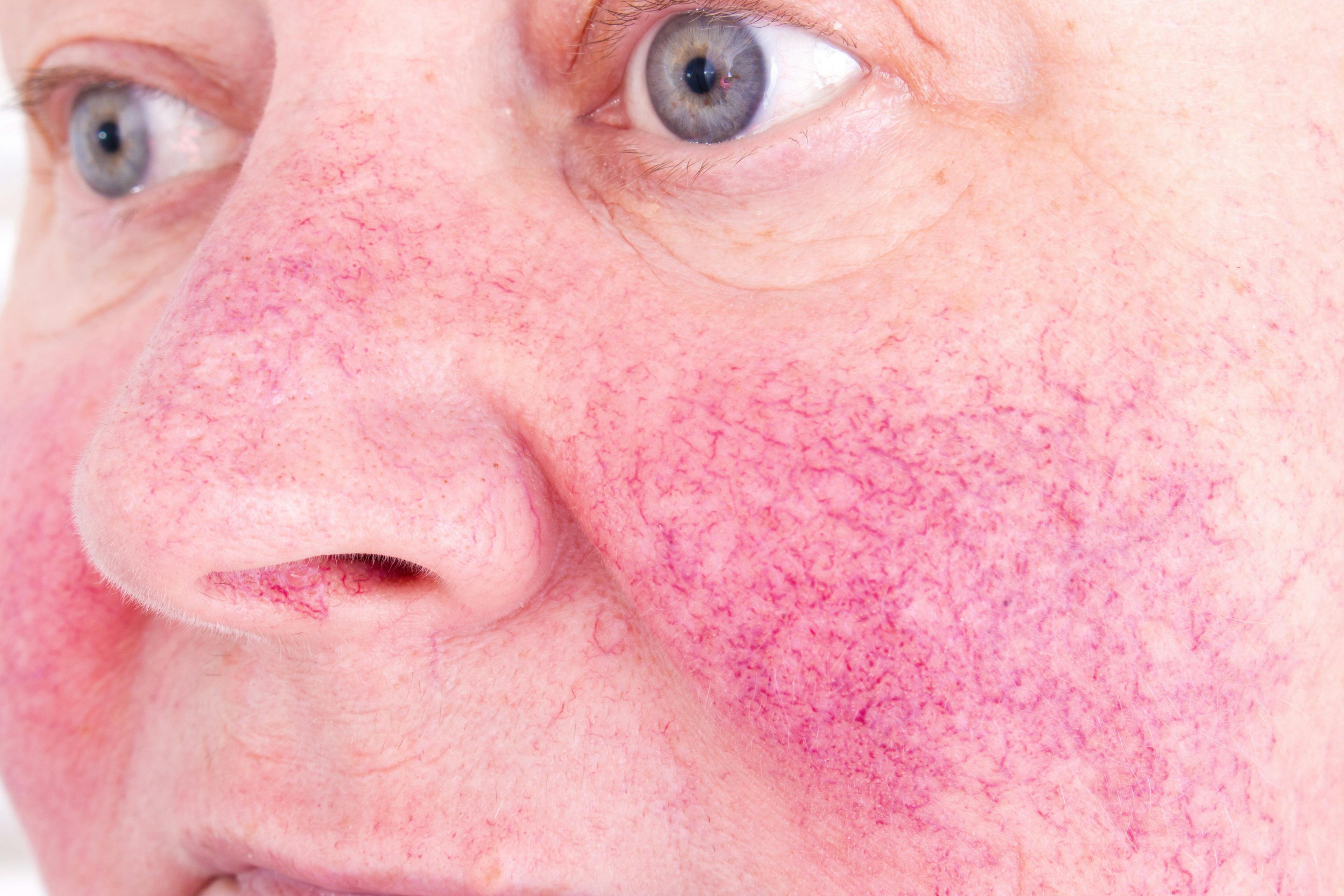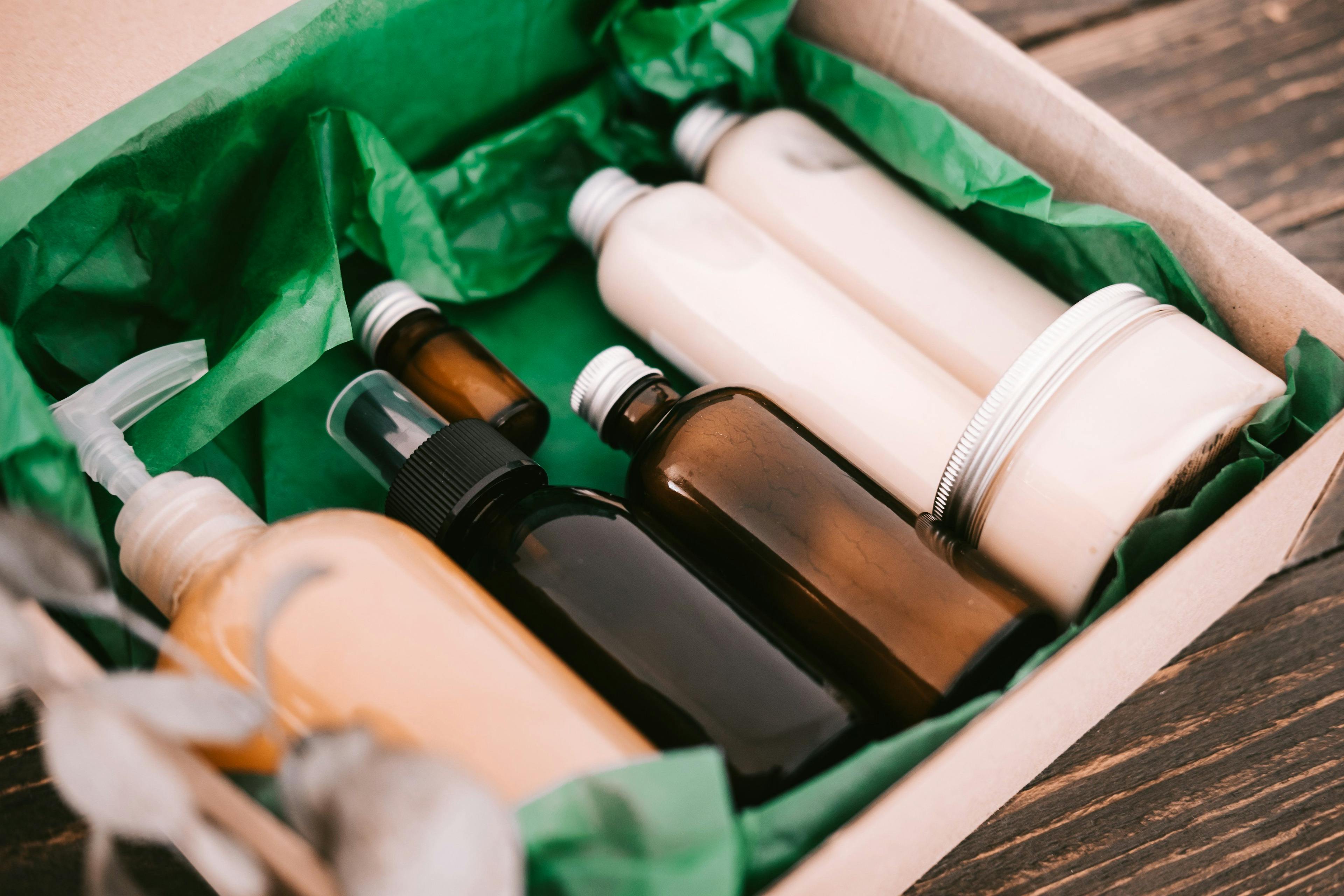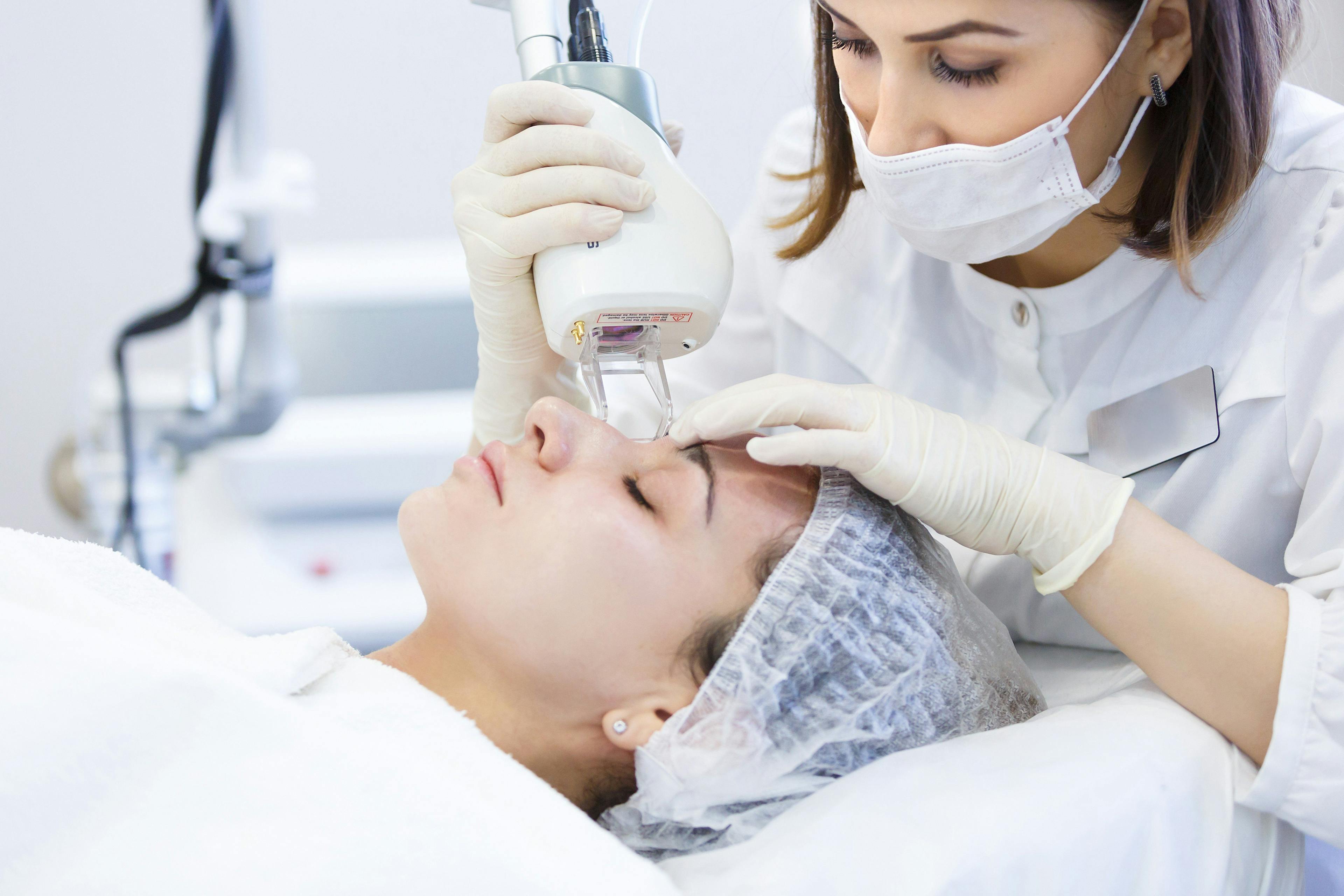- Acne
- Actinic Keratosis
- Aesthetics
- Alopecia
- Atopic Dermatitis
- Buy-and-Bill
- COVID-19
- Case-Based Roundtable
- Chronic Hand Eczema
- Chronic Spontaneous Urticaria
- Drug Watch
- Eczema
- General Dermatology
- Hidradenitis Suppurativa
- Melasma
- NP and PA
- Pediatric Dermatology
- Pigmentary Disorders
- Practice Management
- Precision Medicine and Biologics
- Prurigo Nodularis
- Psoriasis
- Psoriatic Arthritis
- Rare Disease
- Rosacea
- Skin Cancer
- Vitiligo
- Wound Care
Publication
Article
Dermatology Times
Increasing skin water content and moisturization
Author(s):
What is micellar water? And what is the best way to increase skin water content and moisturization? Dr. Zoe Diana Draelos answers these questions and more in this month's Cosmetic Conundrums.
What is micellar water? And what is the best way to increase skin water content and moisturization? Dr. Zoe Diana Draelos answers these questions and more in this month's Cosmetic Conundrums.
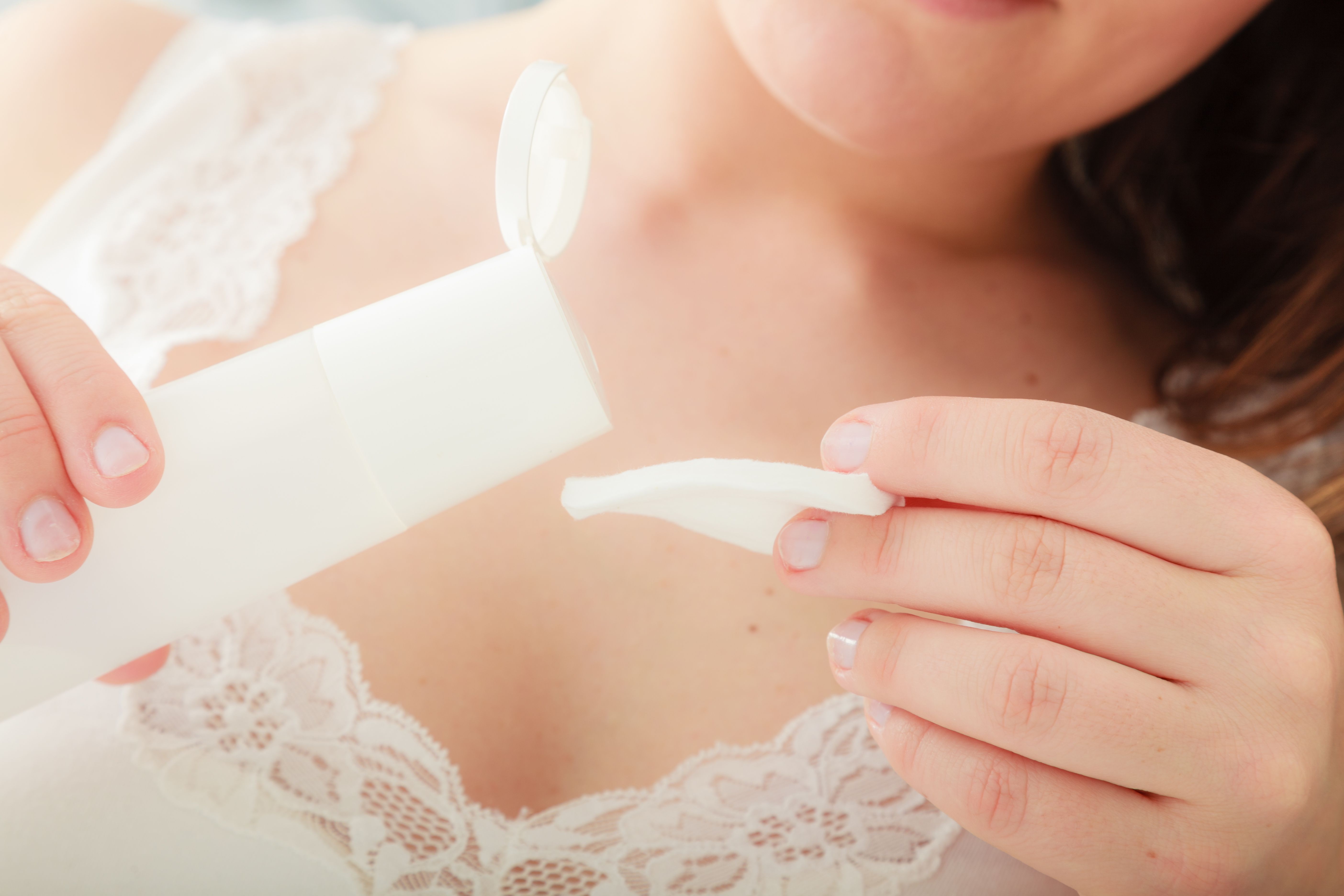
Q. What is micellar water?
Micellar water cleansers are becoming a mainstay in most cosmetic and skincare company offerings, which attests to their consumer popularity. Micellar water is also a low-cost-of-goods item that fetches a premium price due its newness, providing an excellent profit margin.
Micelles are tiny cleanser droplets that are emulsified into a water vehicle. They usually contain surfactants that do not sting the eyes from the betaine group of detergents, also why these detergents are used in baby shampoos. Micellar water is a very dilute solution of surfactant that can be placed on a cotton pad and stroked over the eyes to remove eye makeup and other facial cosmetics.
Formulations are available to remove both water removable and waterproof cosmetics.
Micellar water is an excellent cleanser for cosmetic removal and in persons with very dry and mildly soiled skin.
Q. What is the value of facial water sprays?
Facial water sprays are found in many upper end cosmetics as a way of renewing facial moisturization during the day without disturbing or removing facial cosmetics. The water is either aerosolized or sprayed from a pump and held about 8-12 inches from the face. However, spraying water on the face is not moisturizing. The face looks moisturized immediately after application with a dewy appearance, but the water rapidly evaporates. For this reason, many facial water sprays contain a humectant, such as sodium PCA, which holds the water longer on the skin surface and leaves behind a thin layer of humectant moisturization.
Some facial sprays contain water from special mineral or thermal springs. The water may contain minerals, such as silica and/or selenium that are felt to possess anti-inflammatory properties. This water is usually sprayed on clean skin followed by the application of a moisturizer to hold the water on the skin and colored cosmetics. The water is recommended for use in inflammatory skin conditions, such as eczema, atopic dermatitis, and rosacea.
Q. What is the best way to increase skin water content and moisturization?
The whole concept of skin moisturization is a misnomer. You cannot moisturize the skin, but you can control the loss of water from the skin, known as transepidermal water loss. When the amount of water the skin looses is decreased, the water content of the skin increases. This is the correct description of what happens via moisturization.
Given this understanding, the best way to increase skin water content is to put an impermeable plastic wrap on the skin stopping all evaporation. This is not the solution because under these conditions the skin will become hyperhydrated and macerated. Thus, the optimal moisturizer should allow some water loss, but not too much.
The best products to maintain skin water content should contain an ingredient to stop water loss, known as an occlusive, and an ingredient to hold the water in the skin, known as a humectant.
The best occlusive moisturizers are mineral oils, silicone oils, and vegetable oils, such as grapeseed oil, hemp oil, jojoba oil, sesame oil, etc. The oils create a thin film over the skin surface reducing transepidermal water loss by 20-60%, depending on the combination of oils used. The mineral and vegetable oils are combined with silicone oils, such as dimethicone and cyclomethicone, to make the moisturizer less greasy.
Finally, a humectant must be added, such as hyaluronic acid, hydrolyzed collagen, sodium PCA, glycerin, sorbitol, etc. Hyaluronic acid, found naturally in the dermis and the substance used in facial filler injectables, is an expensive, but highly effective humectant. Hyaluronic acid is found in many of the higher end moisturizers for this reason. Lower end moisturizers use glycerin, which is less expensive. Â
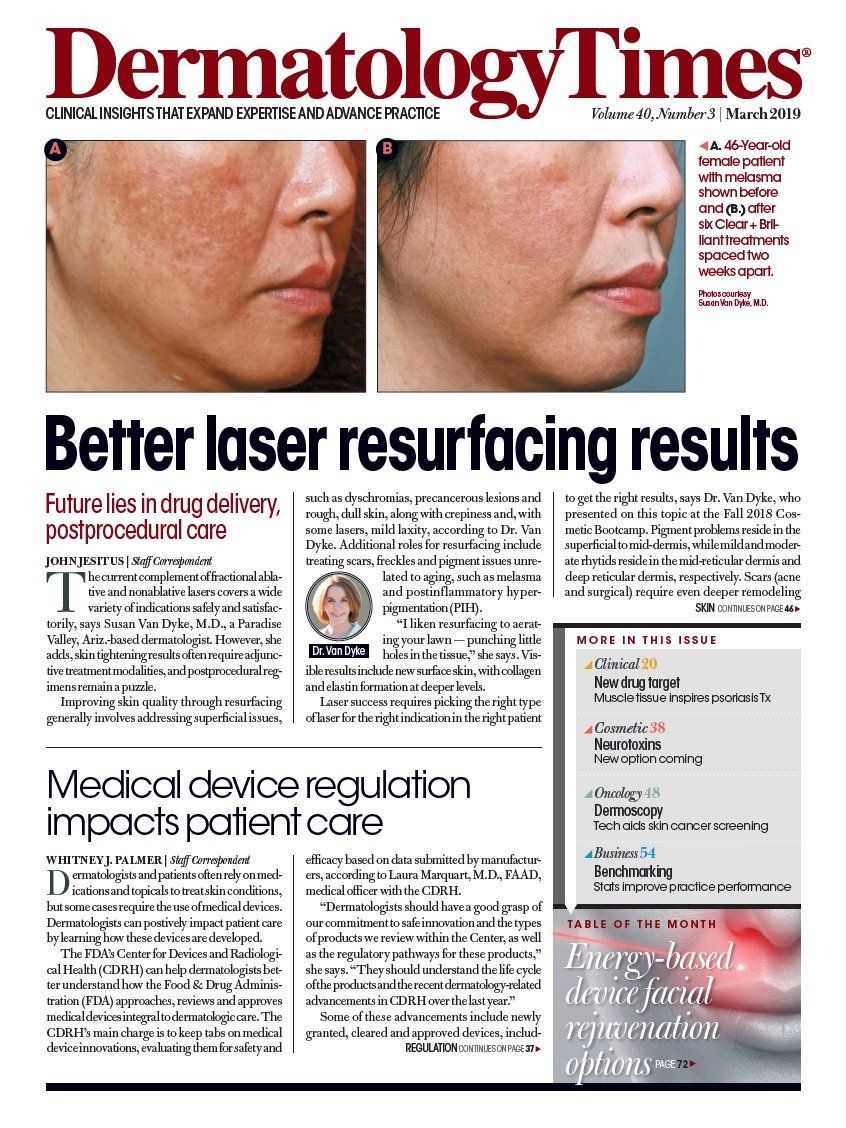
Newsletter
Like what you’re reading? Subscribe to Dermatology Times for weekly updates on therapies, innovations, and real-world practice tips.




